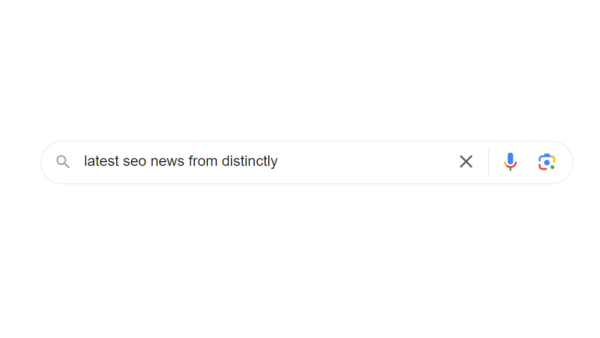The Oxford comma – what are the rules?
The Oxford comma is one of the most contentious punctuation marks in the English language, raising disagreements between grammar experts and linguists alike regarding its value and usage.
The Oxford Companion to the English Language states:
‘Commas are used to separate items in a list…..usage varies as to the inclusion of a comma before ‘and’ in the last item….’
What is an Oxford comma?
Also known as a serial comma, series comma and a Harvard comma, an Oxford comma sits before the conjunction – such as ‘and’ or ‘or’ – in a sentence comprising a list of objects or elements.
An example is:
Apples, pears, and bananas
Without an Oxford comma, the above sentence would read:
Apples, pears and bananas
The Oxford comma is known as such as it was originally used by printers and editors at the Oxford University Press, who continue to favour its usage.

Should I use an Oxford comma?
Unlike full stops at the end of statements and question marks at the end of a question or query, the Oxford comma is optional so there is no right or wrong answer as to whether you should use it in your written content. It is simply a matter of stylistic preference.
It is recommended however that you maintain consistency in style, so you should either use the Oxford comma throughout the content you produce or you should avoid using it altogether.
More prevalent in American English, the Oxford comma is used to define a more formal tone and register, whilst the absence of this type of comma indicates a journalistic style. Journalists typically do not use the Oxford comma, as it takes up more space.
Those who favour the use of the Oxford comma believe it removes ambiguity in a sentence, as the meaning or interpretation of a sentence can differ considerably if an Oxford comma is used.
An example of the Oxford comma determining the true meaning of a statement is shown in an example that many of us are sure to have seen:
‘Let’s eat Grandpa’
‘Let’s eat, Grandpa’
The intended meaning of the sentence is the second example, of the speaker letting their grandfather know they’re ready to eat. Without the use of the Oxford comma, the sentence reads as a statement that the speaker may intend to eat their grandfather!
Reasons to use the Oxford comma
While those who favour the Oxford comma will not need persuading, if you are unsure, consider:
- It can resolve ambiguity
- It can prevent or resolve misinterpretation
- It may suit the register of your writing
- It may better reflect the cadence of spoken words
Reasons not to use the Oxford comma
If you’re still undecided whether to use the Oxford comma, consider:
- Its usage is not conventional in the English language
- It may not be necessary in a sentence as the use of ‘and’ or ‘or’ may suffice
- It may lead to ambiguity in the text
As the use of Oxford comma is optional and often used as a matter of stylistic preference, you should consult the style guide for the brand you are writing for to determine if you should use it in your text. If the brand doesn’t specify a preference for the usage of the Oxford comma, whether you use it is up to you, but remember to be consistent throughout your text.


